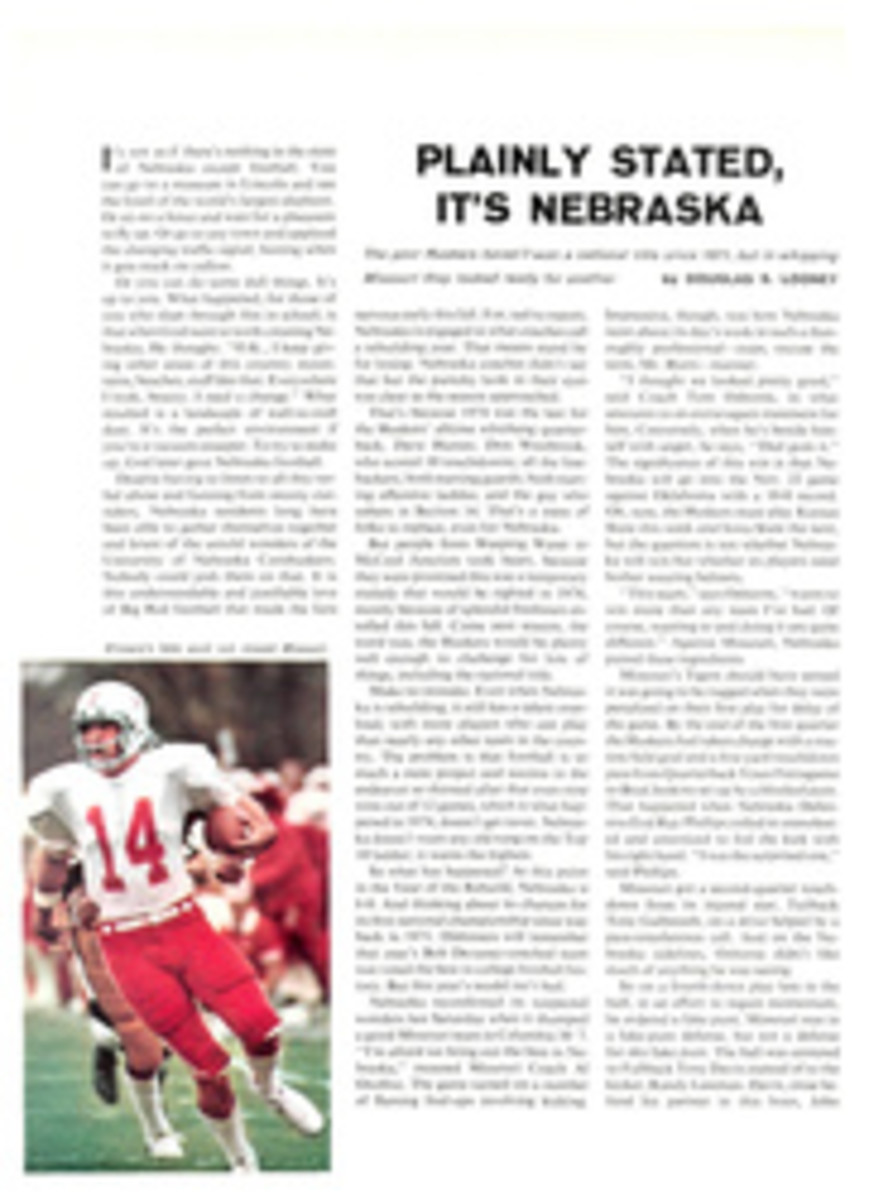
THE RESURRECTION OF AN ARTIST BURIED IN AN UNMARKED GRAVE IN NEW JERSEY
James Edward Buttersworth was a fortunate man. Imagine being alive with the eye of an artist and a love of ships during the span of years that included the flowering of the age of commercial sail, the blossoming of towering sloops and schooners impossible to maintain today and bizarre experiments as designers coped with the transition to steam. In every harbor goods and human traffic moved by water in craft of all conceivable shapes, sizes and types. For 60 years—from the 1830s into the '90s—Buttersworth captured the panorama in meticulous detail, yet with a sense of mood and action that lifted his work beyond mere maritime portraiture.
James Edward Buttersworth is again fortunate, now for being resurrected by another lover of ships and the sea, Rudolph J. Schaefer. Schaefer's book J.E. Buttersworth, 19th Century Marine Painter (Wesleyan University Press, $75) is the first glimpse we have of the artist as a man, because on his death Buttersworth sank swiftly into obscurity. Not a scrap of written information concerning his life other than official documents has come to light, yet from genealogical records, interviews with descendants and a study of the paintings themselves, Schaefer has traced JEB—his own affectionate nickname—from childhood in England to an unmarked grave in North Bergen, N.J.
Schaefer is himself a sailor, winner of the 1934 Bermuda Race in Edlu, and more recently builder of a replica of the yacht America, which JEB depicted winning the 100 Guinea Cup Race off the Isle of Wight in 1851. Throughout the book text is used sparingly—"descriptive captions," as Schaefer calls them—but there are occasional inserts of historical lore to place a story-telling scene in context. The black and white and color plates, chosen both by periods and to be representative of JEB's output, are astonishingly varied when there is so much sameness in subject matter. What the paintings have in common is detail in the vessels, and imagination in their setting. JEB was a master draftsman. Each reef point, every seam in the sails, each taut line of rigging is drawn with a clarity to rival the technique of the 17th-century Dutch perfectionist Jan Steen, but some sky and sea effects are reminiscent of Turner. The use of broken clouds with sun shafting through, and contrast of colors to create dramatic effects, seems to indicate that after the discipline required to render the principal subject with F:16 sharpness JEB became intoxicated by the freedom to create. While sometimes the tumultuous skies and cresting seas have slight counterpart in nature, they heighten the sense of movement, without offending a sailor's eye.
Although it cannot be said Rudy Schaefer "discovered" JEB the painter—as the soaring prices of JEBs in recent years would attest (they sell in the $20,000 range)—his investigative reporting and comprehensive illustrative presentation will increase the audience of one of America's foremost marine artists. This is a book for all who respond to the salt spray of a vanished past, a lovely tome for armchair voyaging.

